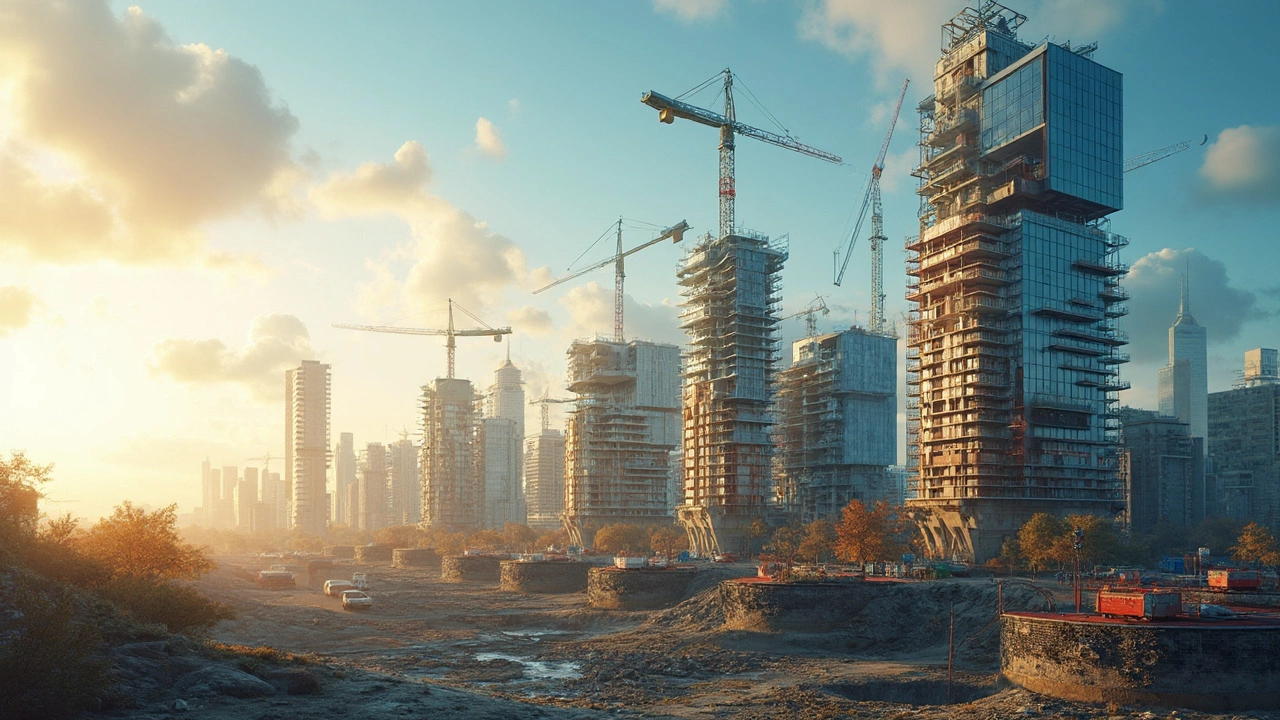Building Foundation Settling – What’s Happening and How to Fix It
If your walls develop cracks or doors start sticking, the ground beneath your house might be moving. That’s called foundation settling, and it’s more common than you think. In plain terms, the soil shifts, the concrete moves, and your home feels the strain.
Most settling happens because the soil changes its shape. Too much water can make clay swell, while drought can cause it to shrink. Both actions push the foundation up or pull it down. Heavy loads near the house – like a new garage or a large planter – can also put extra pressure on the footing.
How to Spot Settling Early
Catch the problem before it gets big. Look for these tell‑tale signs:
- Horizontal cracks in brick or plaster, especially near door frames.
- Stairs that feel uneven or a floor that slops toward one side.
- Gaps between the wall and the ceiling or floor.
- Doors that jam or windows that won’t close properly.
If you notice any of these, it’s a good idea to call a professional who can check the foundation’s level.
Simple Steps You Can Take Right Now
Before you call a contractor, try these quick fixes:
- Improve drainage around the house. Make sure gutters and downspouts move water at least six feet from the foundation.
- Remove large planters or heavy objects from directly against the exterior walls.
- Check the soil moisture. If it’s too dry, gently water the area to even out the ground.
These actions won’t stop serious settling, but they can slow it down and keep the problem from getting worse.
When the issue is bigger, you’ll need a structural solution. Common repairs include:
- Underpinning – Adding new concrete footings beneath the existing ones to give extra support.
- Piering – Driving steel or concrete piers deep into stable soil and attaching the house to them.
- Slab jacking – Pumping a cement mixture under a concrete slab to lift it back into place.
Each method has a cost, and the price can climb quickly if the foundation damage is extensive. Our guide on Most Expensive Foundation Repairs breaks down what to expect.
Regular inspections are key. A simple level check on a wall can tell you if the foundation is shifting over time. If you catch movement early, you’ll save money and avoid larger structural damage.
Remember, settled foundations affect more than just the look of your home – they can impact safety and resale value. Keep an eye on moisture, maintain good drainage, and don’t ignore cracks. When in doubt, get a professional opinion and act fast.
For deeper insight, explore our related posts on Foundation Problems: Proven Solutions for Long‑Lasting Home Stability and Major Foundation Issues: Recognizing Structural Damage Signs and Solutions. They offer step‑by‑step advice on diagnosing and repairing settlement issues.
How Long Does It Take for a New Building to Settle?
- Gavin Whitaker
- |
- |
- 0
New buildings are a marvel of modern construction, but they must undergo a natural settling process. This process involves the gradual shift and stabilization of a building's foundation. Learn about typical settling timelines, factors that influence this process, signs that your building is settling correctly, and some handy tips to handle any settling issues.
View more